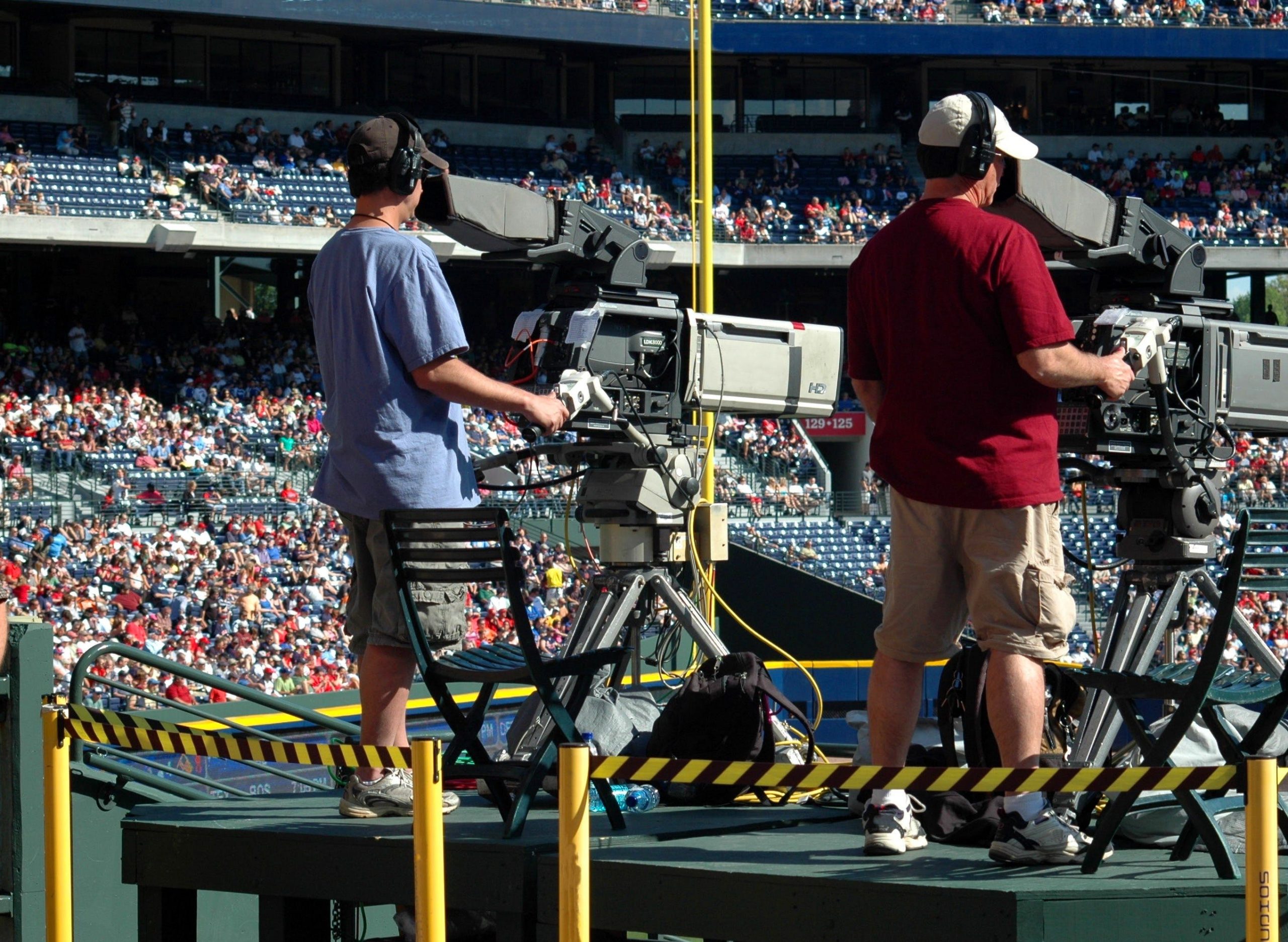How Sports Broadcasters are Addressing the Challenges of Covering Combat Sports
Covering combat sports, such as boxing and mixed martial arts MMA, presents unique challenges for sports broadcasters, demanding innovative approaches to maintain viewer engagement and deliver comprehensive coverage. One of the primary obstacles is the dynamic and unpredictable nature of combat sports. Unlike traditional team sports with structured plays and predictable patterns, combat sports feature fast-paced action and sudden changes in momentum, making real-time analysis and commentary particularly challenging. To address this, broadcasters have adopted advanced technologies such as augmented reality AR and virtual reality VR to enhance the viewer’s experience. AR can overlay statistical data and fighter profiles directly onto the broadcast, while VR provides immersive experiences that allow viewers to feel as though they are part of the event, offering a 360-degree view of the action. Another significant challenge is the need for in-depth and accurate analysis of complex techniques and strategies. Combat sports often involve intricate skills and subtle nuances that may be unfamiliar to casual viewers.

The 해외스포츠중계 have responded by incorporating expert analysts and former fighters into their commentary teams. These experts can break down techniques and provide insights that help viewers understand the intricacies of the sport. Additionally, broadcasters use slow-motion replays and multi-angle cameras to dissect key moments, offering detailed analysis that enhances the viewer’s comprehension and appreciation of the sport. The diverse and global nature of combat sports also presents challenges in terms of coverage. Fighters come from various backgrounds and regions, and their fighting styles and stories add layers of complexity to the broadcast. To address this, broadcasters often include pre-fight features and profiles that highlight the fighters’ backgrounds, training camps, and personal stories. This approach not only builds anticipation but also creates a deeper connection between the audience and the athletes, enriching the viewing experience. Furthermore, managing live broadcasts of combat sports requires balancing the intense, real-time action with the need for commentary and analysis.
Broadcasters have developed specialized production techniques to handle these demands, including employing multiple camera crews and advanced replay systems to ensure comprehensive coverage of the action. They also use data analytics to track fighters’ performance metrics, such as strike accuracy and defense statistics, which are integrated into the broadcast to provide viewers with valuable insights. In terms of audience engagement, combat sports broadcasters have embraced digital platforms and social media to expand their reach and interact with fans. Live streaming, interactive graphics, and real-time updates on social media platforms allow broadcasters to engage with viewers beyond traditional broadcast methods. This integration of digital tools helps maintain fan interest and provides additional content that complements live coverage. Overall, the coverage of combat sports has evolved significantly in response to the unique challenges presented by these dynamic and multifaceted events. By leveraging technology, expert analysis, and innovative production techniques, broadcasters are able to deliver compelling and insightful coverage that captures the excitement and complexity of combat sports, ensuring that viewers remain engaged and informed.